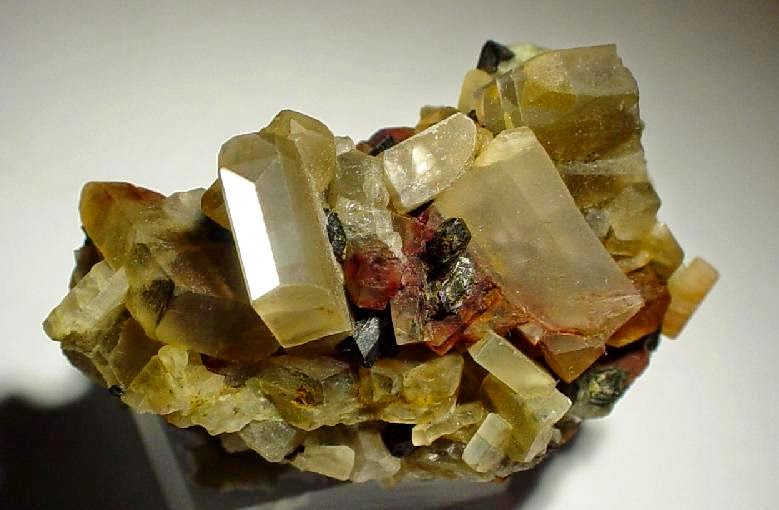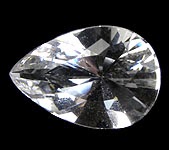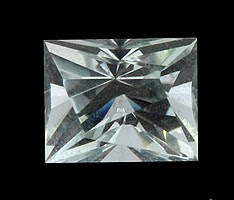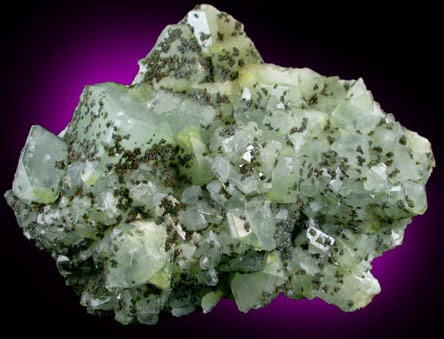
Chemical Formula: (Na,Ca)[Al(Si,Al)Si2O8]
Locality: Twedestrand, Norway.
Name Origin: From the Greek, oligos and kasein, “little cleavage.”
Oligoclase is a rock-forming mineral belonging to the plagioclase feldspars. In chemical composition and in its crystallographic and physical characters it is intermediate between albite (NaAlSi3O8) and anorthite (CaAl2Si2O8). The albite:anorthite molar ratio ranges from 90:10 to 70:30.
Oligoclase is a high sodium feldspar crystallizing in the triclinic system. The Mohs hardness is 6 to 6.5 and the specific gravity is 2.64 to 2.66. The refractive indices are: nα=1.533–1.543, nβ=1.537–1.548, and nγ=1.542–1.552. In color it is usually white, with shades of grey, green, or red.
Name and discovery
The name oligoclase was given by August Breithaupt in 1826 from the Greek oligos, little, and clasein, to break, because the mineral was thought to have a less perfect cleavage than albite. It had previously been recognized as a distinct species by J. J. Berzelius in 1824, and was named by him soda-spodumene (Natron-spodumen), because of its resemblance in appearance to spodumene.
History
Discovery date : 1826
Town of Origin: DANVIKS-ZOLL, STOCKHOLM
Country of Origin: SUEDE
Physical Properties
Cleavage: {001} Perfect, {010} Good
Color: Brown, Colorless, Greenish, Gray, Yellowish.
Density: 2.64 – 2.66, Average = 2.65
Diaphaneity: Transparent to Translucent
Fracture: Uneven – Flat surfaces (not cleavage) fractured in an uneven pattern.
Hardness: 7 – Quartz
Luminescence: Fluorescent, Long UV=yellow.
Luster: Vitreous (Glassy)
Streak: white
Photos:













